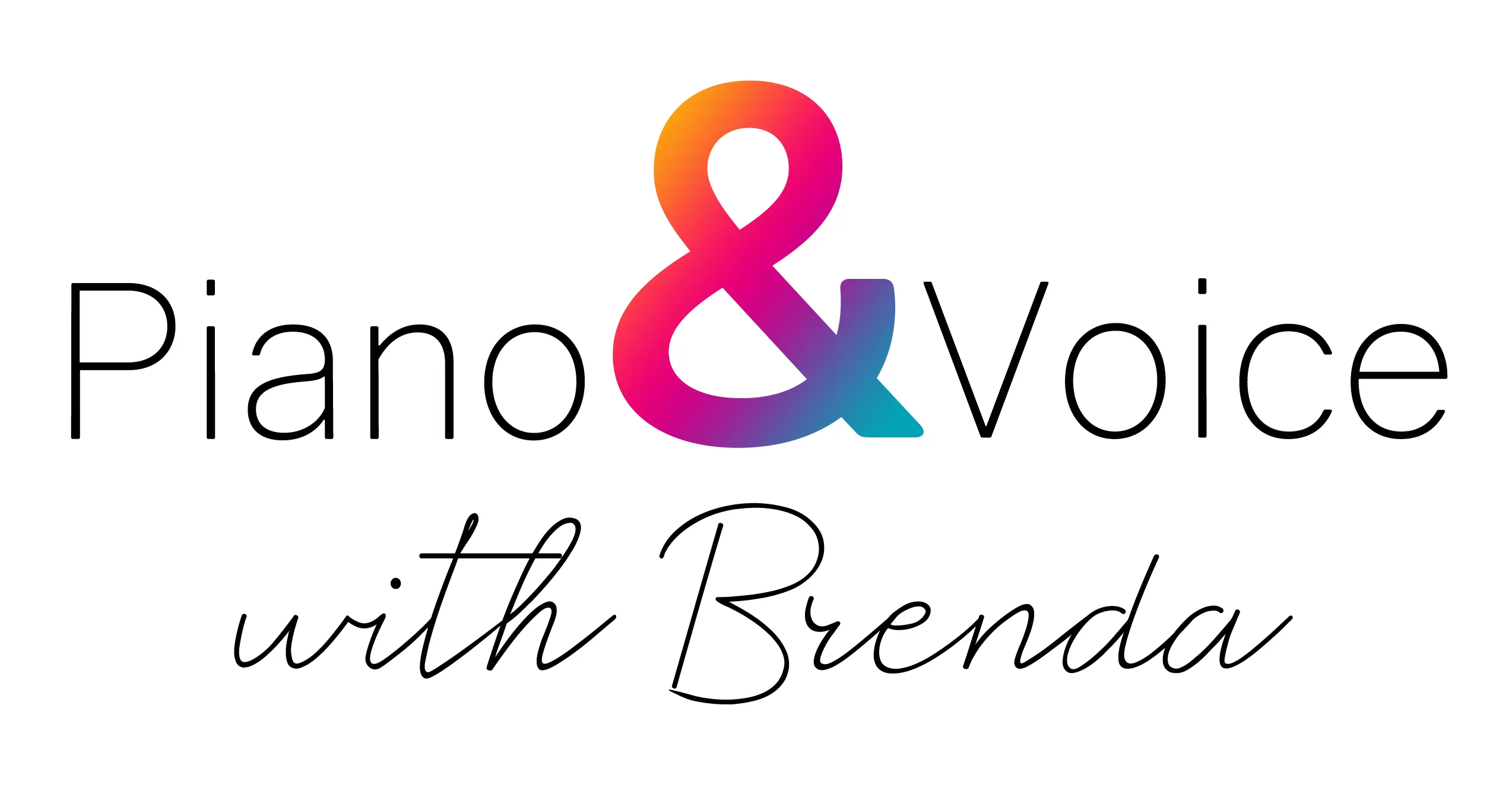In this Moondance Van Morrison Piano Tutorial, you'll learn how to play this iconic song and sing it at the same time. So much fun and kind of tricky with some jazz piano twists!
Moondance is one of the (many) best loved songs by Northern Irish singer/songwriter Van Morrison. It was released in 1970 on the album by the same name, but it wasn’t released as a single until 1977. He definitely borrowed elements of jazz for this one, and I’m excited to break it down for you in this tutorial.
This song is really satisfying to play and is a huge crowdpleaser. If you want to get an entire room full of people singing, this would be a great song to play.
In this tutorial, I will show you a lot of great jazz techniques, including how to walk a bass line and how to comp jazz rhythms like the Charleston on piano.
The complete tutorial plus a downloadable printable is available exclusively on The Versatile Musician. Learn more here.
Simple process to learn Moondance by Van Morrison on piano
Step #1: Learn the chords
This song uses a range of chords, most of which are seventh chords. Read this post if you need help with jazz chords.
To find a chord chart that includes the lyrics, I recommend using Ultimate Guitar, which I think has the best quality arrangements.
Are you lacking confidence with your jazz chords?
Sign up and get my Ultimate Jazz Chords bundle download for FREE!
Step #2: Accompaniment Strategy for Moondance
There are several parts of this song we are going to put together. The first is the groove used for the bulk of the song. I am labeling the chord as being Am7, although you can see we are actually playing a Bm/A as part of this groove.
The LH is doing a walking bass pattern, while the RH plays a 7-3-5 chord voicing on both the Am and Bm chords.

How to practice the rhythm of Moondance
- Clap and count the rhythm
- Clap the rhythm and sing the song
- Put the rhythm on the piano, adding the metronome as needed
- Play and sing.
When we move to the Dm chord, there is a different walking bass line, followed by the quarter note triplet his in the 7th and 8th bars.
When we get to the “can I just have one more Moondance with you” section, we are going to play these hits. If this is too difficult for you, just pad the chords in this section.

Step #3: Put it all together
Remember that you can (and should!) customize this to fit your skill level. If the chord inversions are too challenging for you, then play them all root positiong. If you want to level it up, try altering the groove or adding some solo fills.
In the video, I show you several techniques to level up the accompaniment strategy to add more interest. Try whatever you think you can manage!
Try to avoid getting stuck in the little details! The goal is for you to learn to sing and play more songs - not drown in a pool of perfectionism. Have fun - it’s only music!
Start out with the basics of our piano accompaniment. Take your time and make sure that you are practicing with the metronome, or better yet a band-in-a-box app like the iReal Pro.
When you are ready, experiment with adding more rhythms or even some simple fills to make your arrangement even more engaging. Happy practicing!

The Versatile Musician is an all-in-one membership that combines video lessons, print material and live support to help you level up your skills and thrive as a musician and music teacher.
The Versatile Musician Membership includes:
700+ high-quality video lessons
1000+ pages of meticulously notated downloadable print material
Live support via monthly live Zoom calls and email support.
Complete access to all of the courses, including
- Piano Skills for Singers Levels 1&2
- Jazz Piano Accompaniment
- Piano Improvisation for Everyone!
- Crash Course in Solfege
- The newly released Rhythm Workout
- Jazz Piano 101
- Music Theory - It's Not that Hard
- Holiday Singalong Piano Workshop
Ready to up your piano game?
The Versatile Musician is for YOU.

To learn more, check out https://pianoandvoicewithbrenda.com/membership/

 Free Fallin’ Tom Petty Piano Tutorial
Free Fallin’ Tom Petty Piano Tutorial